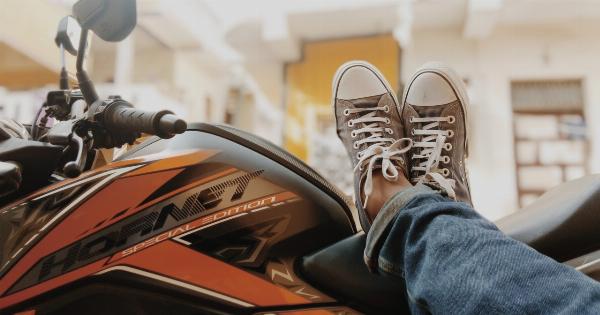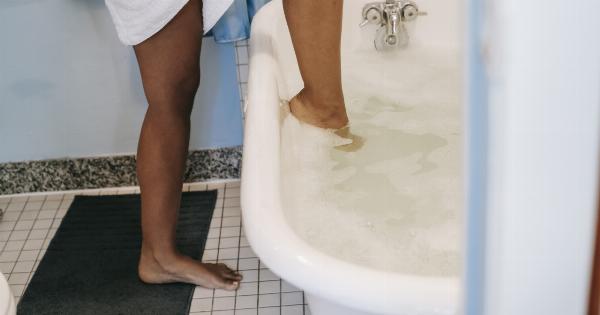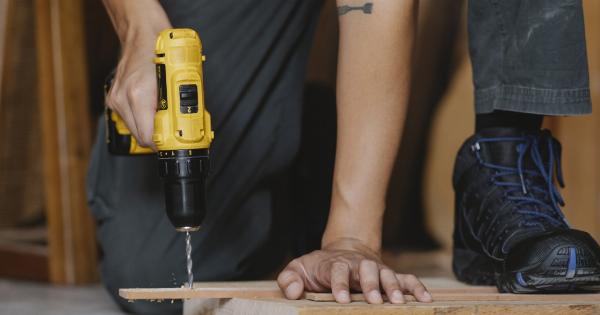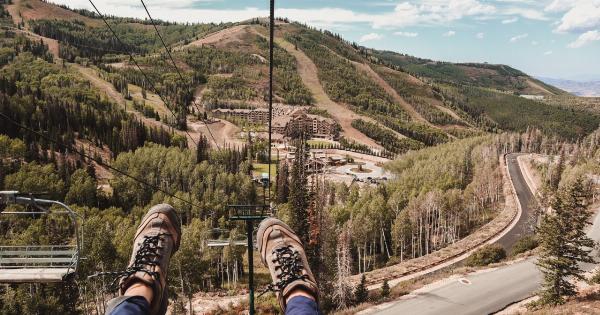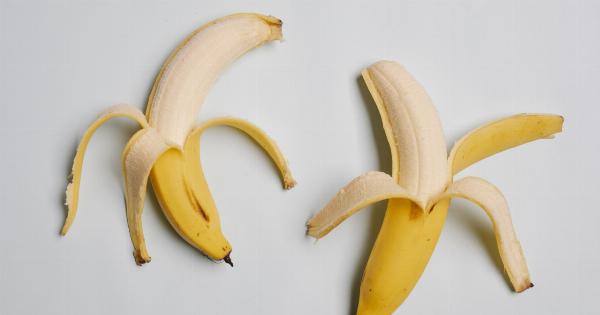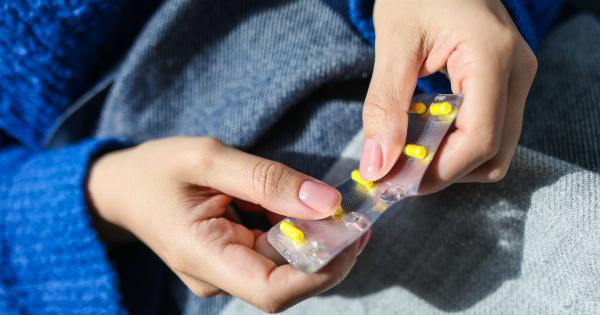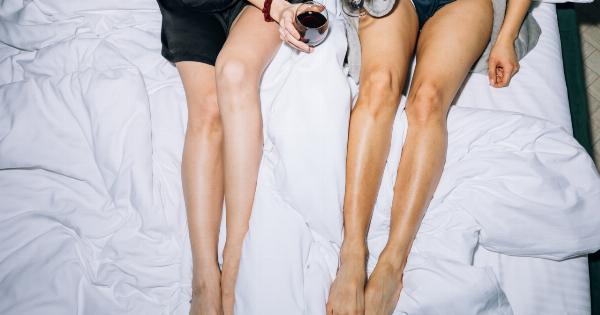Have you ever experienced those painful, fluid-filled blisters on your legs after a long run or a hike? Blisters are a common occurrence in such situations, and while they may seem harmless, they can cause significant discomfort and pain.
The question that often arises when dealing with blisters is whether to pop them or leave them alone. In this article, we will explore the pros and cons of popping blisters on the legs and provide you with some tips on how to effectively care for them.
Understanding Blisters
Before we dive into the debate of popping or not popping blisters, it is important to understand what exactly a blister is and how it forms. Blisters are pockets of fluid that form between the layers of the skin.
They are our body’s defense mechanism against friction, heat, or any other injury. When the outer layer of the skin is damaged, the body sends fluid to the area to protect and cushion the underlying tissue.
Most blisters develop due to repetitive friction or pressure on the skin. This is commonly seen in athletes who engage in activities like running, hiking, or playing sports that involve a lot of movement.
Ill-fitting shoes, moisture, and even extreme temperatures can also contribute to the formation of blisters.
The Pros of Popping Blisters
While it is generally recommended to let blisters heal naturally, there are certain situations where popping them can be beneficial:.
1. Relieves Pain and Discomfort
Large or tense blisters can be incredibly painful and may impede your ability to carry out daily activities. Popping the blister can help release the pressure, providing immediate relief from the pain and discomfort.
2. Accelerates Healing
Emptying the blister allows for faster healing as it enables fresh skin to grow and cover the exposed area. Leaving the blister intact may prolong the healing process, especially if the blister is in an area prone to constant friction.
3. Reduces Risk of Infection
If you choose to pop a blister, you create a small opening that can be cleaned and covered with a sterile dressing. Keeping the area clean and protected reduces the risk of infection, as bacteria and dirt are less likely to enter the wound.
The Cons of Popping Blisters
While there are potential benefits to popping blisters, it is essential to consider the associated risks:.
1. Increased Pain and Discomfort
Popping a blister can be painful, especially if done improperly or without proper sterilization. Additionally, exposing the raw skin underneath may lead to increased sensitivity and discomfort.
2. Risk of Infection
Despite proper cleaning and dressing, popped blisters are still susceptible to infection. The open wound provides an entry point for bacteria, which can lead to complications and delay the healing process.
3. Delayed Healing
Popping a blister prematurely or incorrectly can easily damage the new skin growing underneath. This can result in a delay in healing and may even lead to scarring.
How to Properly Pop a Blister
If you decide to pop a blister, it is crucial to follow the correct procedure to minimize the risks. Here’s a step-by-step guide:.
Step 1: Prepare the Area
Wash your hands thoroughly with soap and warm water to ensure they are clean. Then, clean the blister and the surrounding area with mild soap and water or an antiseptic solution. Pat the area dry with a clean towel.
Step 2: Sterilize a Needle
Using a sterilized needle or pin, carefully puncture the edge of the blister. Do not puncture the top of the blister as it acts as a protective layer.
Step 3: Drain the Fluid
Gently press on the blister to allow the fluid to drain out. Avoid removing the skin on top, as it will protect the exposed area.
Step 4: Apply an Antiseptic and Dressing
Once the fluid has been drained, apply an antiseptic ointment to the area to prevent infection. Cover the blister with a sterile dressing, such as a non-stick pad or a breathable adhesive bandage.
Step 5: Monitor for Infection
Keep an eye on the popped blister for any signs of infection, such as increasing redness, swelling, or pus. If you notice any of these symptoms, consult a healthcare professional for further treatment.
Preventing Blisters
While treating blisters is important, preventing them in the first place should be your primary goal. Here are some tips to help you avoid blisters on your legs:.
1. Wear Proper Footwear
Invest in well-fitting shoes that provide adequate support and cushioning. Make sure there is enough room for your toes to move without rubbing against the shoe.
2. Use Moisture-Wicking Socks
Choose socks made of breathable materials like synthetic blends or wool, which help wick away moisture from your feet. Avoid cotton socks as they tend to retain moisture, exacerbating the chances of blister formation.
3. Apply Friction-Reducing Products
Consider using anti-chafing balms or powders on areas prone to blisters. These products help reduce friction and create a protective barrier between your skin and any potential irritants.
4. Break in New Shoes
When purchasing new shoes, gradually break them in by wearing them for short periods before engaging in longer activities. This allows your feet to adjust to the new footwear and reduces the risk of blister formation.
5. Keep Your Feet Dry
Moisture can significantly increase the likelihood of blisters. If your feet tend to sweat excessively, consider using foot powders or changing socks frequently to keep your feet dry.
6. Use Blister-Preventive Bandages
Apply blister-preventive bandages or adhesive pads to areas susceptible to blister formation. These cushions provide an extra layer of protection and help reduce friction.
Conclusion
So, should you pop blisters on your legs or not? Ultimately, the decision depends on various factors like the size, location, and severity of the blister. In general, it is advisable to leave blisters intact to allow natural healing.
However, if the blister is causing intense pain or hindering your daily activities, carefully popping it following the proper procedure may provide relief. Remember to prioritize cleanliness, proper sterilization, and timely dressing to avoid infections.

